Smartphone, Hotspot or Router for Mobile Internet?
Cellular data is a popular choice for RVers and boaters for online mobile connectivity. Choosing whether to hotspot off a smartphone, use a mobile hotspot device like a Jetpack or MiFi, or go all in with a cellular-embedded router is critical to choosing your ultimate mobile internet setup.
Once you decide on which carrier(s) you want in your arsenal, you must decide whether to use a hotspot, smartphone, and/or router in your mobile internet setup as those are the three primary device categories for using cellular data.
The basic options include devices that allow cellular-connected tablets and phones to work by providing an internet connection, but a more robust option is using devices purpose-built to provide cellular connectivity, such as mobile hotspots and routers, to other non-cellular devices.
Remember that you'll also need a compatible data plan for the device you want to use in your setup. Carriers do restrict plans to specific types of devices.
What are the advantages and drawbacks of each option for connectivity - hotspots, smartphones, or routers? Those are the questions this guide is written to answer.
If you're a member, please log in above to see your exclusive content.
Don't need a membership? Other ways you can support our work here:
-
As seen in our videos!
-
Get a FREE Month of Starlink!
And our team will get one too!
-
Get a FREE Month of T-Mobile Unlimited Data
Join the Calyx Institute, and get a bonus month - and we do too!
-
Save $20 on Visible
Verizon's prepaid phone plan, we also get a $20 credit.
-
Leave a Tip!
Send our team some beer money!!
-
Share About Us!
Link to our content, tell others about MIRC. It's Free!
It is with huge gratitude to our members for making the free unbiased educational content on our site possible. We're not sponsored, you'll find no 3rd party ads and we don't sell gear or data plans.
Our members get exclusive access to our in-depth content, classrooms, vendor discounts (that can save you more than membership!), alerts, insider info and interactive guidance. They can even book private advising sessions.
If mobile internet is an important part of your lifestyle, consider helping make MIRC possible by joining or supporting our mission.
Smartphone, Hotspot or Router Video Overview
Learn about the pros & cons of smartphones, tablets, mobile hotspots & routers in our overview video:
Smartphone Personal Hotspot
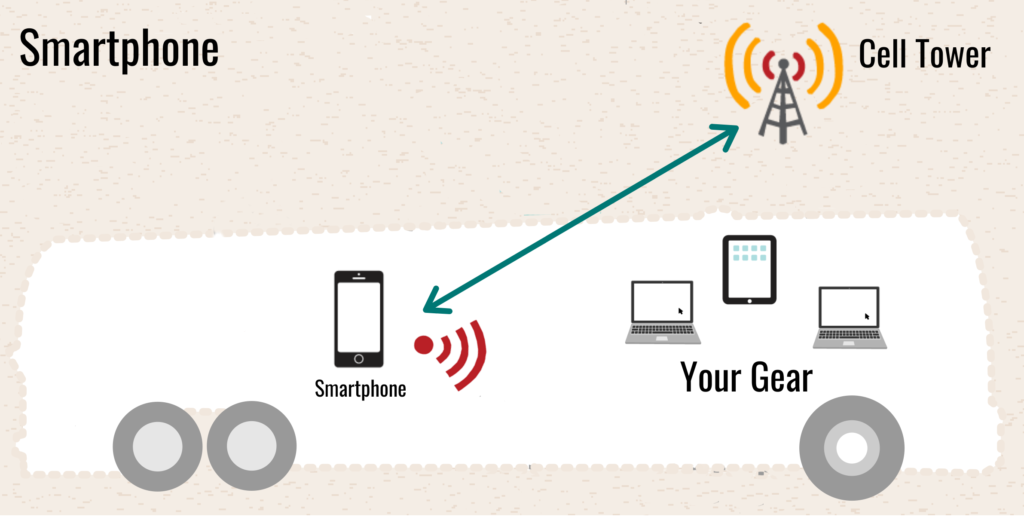
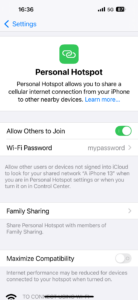
Many utilize cellular data by using the built-in personal mobile hotspot or tethering feature provided by most smartphones and tablets. This feature allows the smartphone's hotspot to provide an internet connection for other devices either via Wi-Fi or USB tethering.
Most smartphones and cellular-enabled tablets can create a Wi-Fi hotspot and/or be directly tethered to a device, like a laptop, to get online. There are two terms you might hear this referred to:
- Personal Hotspot - when you connect to your phone over a Wi-Fi network created by the smartphone/tablet.
- Tethering - when you connect directly with a USB cable.
The carriers treat both uses the same and classify them as "mobile hotspot use." On most smartphone and tablet plans, a defined amount of high-speed personal hotspot use is included that is separate from the data you can use directly 'on device'.
To use this feature, there's usually an option in the device’s settings called Personal Hotspot. You can easily configure a network name and password to protect the connection.
For a wired connection, a USB cable is required and the device you're connecting to needs to support getting an internet connection via USB. This is most commonly found on laptops and computers, but some routers also support USB tethering to smartphones, which is a great router feature to have.
Tip for Android Users: A phone running Android 11 or later can use a USB-C Ethernet adapter to share its connection over Ethernet, and not just over Wi-Fi and USB.
This is a very handy way to get routers (or other devices) online that do not support USB-tethering - unless the adapter also supports charging at the same time it might not be very good for more than a temporary connection.
Advantages
- Super simple—Most people carry a smartphone anyway, so this can reduce the amount of gear you carry. And you can always have internet access with you (as long as you remember to charge your phone and have signal).
- Data Plan Support—Mobile hotspot support is included on many plans, but there are generally limitations regarding hotspot use:
- On "unlimited" data plans, there are usually caps on how much data is available for mobile hotspot use at high speed. These tend to range from 10 GB to 100GB, depending on the plan. Plans may also throttle mobile hotspot data with a specific speed cap.
- On most tiered data plans, mobile hotspot is typically included at no extra fee.
- Some entry-level data plans don't include any hotspot use, or only at very slow throttled speeds.
- Some MVNO and reseller plans don't officially include mobile hotspot use, and some may charge an extra fee for it.
- Multi SIM—Many flagship phones allow you to carry multiple plans on a single phone, giving you carrier redundancy on one device. You can even get dedicated data-only plans as additional lines on a phone.
- Up-to-date Technology—Flagship models tend to have the latest modem technology for the fastest speed and coverage.
Disadvantages
- High-Speed Mobile Hotspot Caps—Most "unlimited" smartphone data plans have caps on high-speed mobile hotspot data, which can make these plans great as a backup option but not as a primary home internet replacement.
- Not Ideal for Multi-Person Households—What happens if the person with the hotspot-enabled smartphone takes it with them to run errands? Everyone else needs to switch internet sources, making relying on smartphone hotspotting unsuitable as a primary internet source.
- Conflicting Functions—Phones are not primarily designed for hot-spotting and tethering; sometimes, utilizing the phone or tablet can interfere if you're trying to hotspot simultaneously. For example, talking on your phone can take your devices offline or reduce the network data connection speed.
- Not Always On—Smartphones go into power reduction mode when there’s no activity and may disconnect the personal hotspot. You'll need to wake up your phone and then re-enable the hotspot. This also makes this option not ideal for a connection you leave behind for remote access or monitoring.
- Wi-Fi Confusion—Smartphones aren't intended to be dedicated mobile hotspot sources. Smartphones typically can provide a mobile hotspot connection via a personal Wi-Fi hotspot or connect to another internet source via Wi-Fi, but not both. When connected to other Wi-Fi networks, the personal hotspot is disabled.
- Battery Usage & Wear—Hotspotting requires a lot of power and can drain the battery pretty quickly, so make sure the device is plugged in. Prolonged use may also not be recommended, as excessive heat can cause battery swelling.
- No Antenna Ports—Smartphones don't have antenna ports, which means you can't use external antennas with them like you can with a mobile hotspot or router. An expensive cellular booster (often not the best choice for data performance) is the only signal-enhancing option.
- Limited Wi-Fi Hotspot Range—Most smartphones can only create a low-powered Wi-Fi hotspot that doesn't reach as far as a dedicated data device like a hotspot or router.
Recommended for:
- Solo travelers.
- Those not dependent on internet for critical tasks.
- As a back-up to your primary internet sources.
- Mobile 'out and about' internet access away from the RV or boat.
Tablet On Device Data
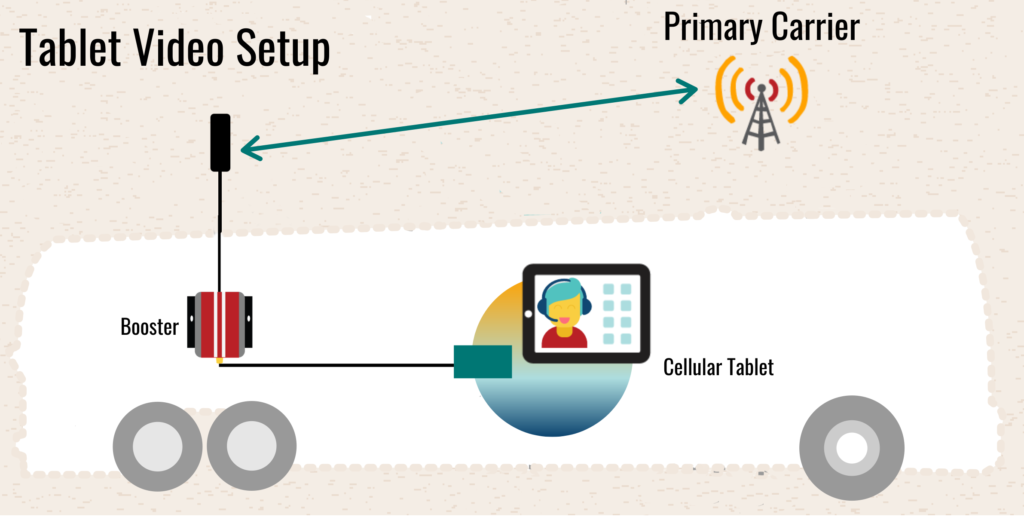
A tablet (or even a large-screen smartphone) can do a lot these days. Models that come with embedded cellular modems can do even more and might be worth the extra cost to enhance your mobile internet setup.
With a built-in microphone and higher-end camera, they can serve as ideal video conferencing appliances. The screen is large enough for watching movies and videos, or it can usually connect to a larger screen via an HDMI adapter. Add a Bluetooth keyboard, and they can also perform many of the functions that a laptop can for e-mail, web browsing, remote learning, and content creation.
If you can offload a lot of your online usage to do things directly on a tablet, affordable unlimited data plans are available for the cellular-equipped models. Then, you can save your more limited and expensive hotspot data for tasks that require it.
Advantages
- Affordable Unlimited Plans—A cellular-enabled tablet can be added to most smartphone unlimited carrier direct postpaid plans for $10-30/month - giving the tablet unlimited on-device usage. Some plans even include some mobile hotspot data.
- Flexible Data Plans / Dual SIM—Carriers tend to offer flexible data plans that you can activate as you need them right on the device with an embedded SIM card. Many modern tablets offer multi-SIM ability (like smartphones) to carry multiple carriers/plans on one device.
- On-Device Tasks—With millions of apps available for productivity, video streaming, video conferencing, reading, gaming, and more, you can do a lot on a tablet. This allows you to save your precious hotspot data for things that require it.
- Variety of sizes—Tablets come in various sizes, from 'large smartphones' to 'practically laptops'.
- Almost a Laptop—Add on a Bluetooth keyboard and/or trackpad, and you can convert a tablet into being almost a laptop. It'll still be app-based, and there may still be tasks you need to accomplish that only a traditional computer can do - but a tablet can play a huge role in a technology setup.
- Great Navigation Devices—A cellular-enabled tablet includes a GPS chip, and it's active even if you don't have an active plan. With many navigation apps available for both RVs and boats, you don't have to get a dedicated GPS display unit. Use your large screen, and run the app (or multiple apps) that works best for your travel style.
Disadvantages
- Range of Options & Prices—Like laptops, tablets come in various prices and options. Some can be just as expensive as high-end laptops. For mobile internet, focus on more modern models that will give you a modern cellular modem to use today's latest technology. However, make sure the unit itself suits your needs and has a screen size that fits how you use your technology.
- No Antenna Ports—Tablets don't have antenna ports, so you can't use external antennas with them. An expensive cellular booster (often not the best choice for data performance) is the only signal-enhancing option.
Recommended for:
- Those who have a lot of data needs, especially for video streaming or conferencing.
- Those who can perform a lot of tasks from a tablet.
- Those who want a simple solution that can combine both the functions of laptop with the mobile internet connection built in.
Mobile Hotspot Devices (Jetpack/MiFi)

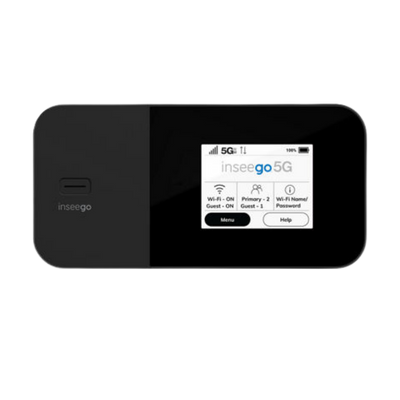
Also sometimes referred to as a Jetpack or MiFi (they're just marketing brand names for the same thing - kinda like Kleenex or Puffs for facial tissues), mobile hotspot devices are small self-contained basic routers that receive a cellular signal and then broadcast a Wi-Fi hotspot that enables your other devices to get online.
They combine a cellular modem and Wi-Fi router, and unlike smartphones, they can't make voice calls or do much else except provide access to the internet using cellular data.
Most mobile hotspots provide an internet connection to 5–15 devices simultaneously via Wi-Fi. Most have a battery built into the device, which allows you to take it with you when on the go.
They can usually be connected directly to a computer or mobile router with a USB or Ethernet cable (depending on the device). When connected to a more capable router, they can become part of your local area network and connect many more devices.
Advantages
- Self-contained—You can take your internet with you, even away from the RV or boat. These devices are portable, self-powered with a battery, and can be used anywhere there is a usable cell signal.
- Plug-n-Play—These fairly simple plug-and-play devices are ideal for users who don’t want to learn to manage other, more complex options.
- Dedicated to Data—These are dedicated devices that have one purpose—to provide a mobile cellular data connection. They can be left in your tech cabinet or desk and, when plugged into power, create an always-on data connection.
- Antenna Ports—Some hotspots have antenna ports, allowing you to connect antennas to enhance the signal. External antennas are often better for data performance than higher-priced cellular boosters.
- Consumer Pricing—Mobile hotspot devices tend to be more affordable than more advanced devices like cellular-embedded routers. They are generally priced between $50 and $500 retail.
- More Wi-Fi & Connection Options—Many hotspot devices can transmit their Wi-Fi network over 2.4 or 5 GHz frequencies, giving you more options for higher speeds and/or avoiding Wi-Fi congestion. Some hotspots even have built-in ethernet ports for direct connections to a computer or router, and almost all support USB tethering to mobile routers or your computer.
- Up-to-Date Tech—Newer cellular technology is usually available sooner on mobile hotspot devices than routers, so this is one of the easiest and most affordable ways to update a mobile internet arsenal and stay current.
Disadvantages
- Carrier Specific—Most hotspot devices are optimized for a specific carrier and the cellular frequency bands they utilize, so you'll likely need one device for each carrier you want, which will increase the cost. You'll also need to juggle those devices at each location to find the best service and manage your data plans.
- Firmware—Mobile hotspots aren't as complex as smartphones, but they do have a good amount of complex software (called firmware) installed inside them to allow them to function as routers and create hotspots. A bad firmware release can potentially create issues that the manufacturer and carrier are slow to fix.
- Limited Features—Hotspot devices are made to 'just work' for a typical consumer and don't enable more advanced features for fine-tuning a connection.
- Limited Wi-Fi Range—Their Wi-Fi range will reach most areas of typical-sized RVs and boats and sometimes outside, but the range is still limited because the Wi-Fi radios don't have a lot of power compared to a dedicated router. This solution isn't optimal for those who want a solid signal further away than a moderate household room size.
- Special Data Plans—Only data plans specifically intended for data-only devices work in mobile hotspot devices, and they generally come with data caps (even if marketed as "unlimited").
- Swollen Batteries—Some models with batteries require the battery to be inserted to operate, which means you'll need to regularly inspect the battery's health for optimal operation and potentially replace it once or twice a year. Keeping the hotspot plugged in to provide an always-on connection can shorten battery life considerably. (more: How to Check Your Hotspot, Prolong Battery Life & Battery Replacement Guide)
- Note: Some newer models offer battery-saving technology that prevents the battery from being overcharged, which may be a feature worth looking for.
Recommended for:
- Multi-person or multi-device households
- Those who need a dedicated data connection, and prefer a simple plug-and-play solution.
- Those who have basic local area networking needs.
Variations:
-
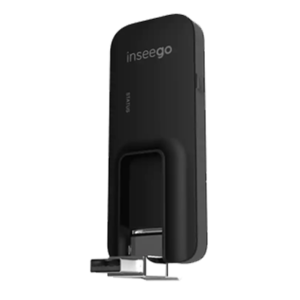
The Insegoo Global USB modem USB Modem: These are very simple devices that combine a cellular modem with USB. They need to be plugged into something in order to be functional—either your computer or a compatible router. This may be a good option if you’re traveling solo and only need to keep a laptop online. However, options tend to be limited - USB modems have fallen out of favor compared to mobile hotspot devices and like mobile hotspot devices, they are often carrier-specific.
- Connected Car: Most newer vehicles have a mobile hotspot built-in that can provide varying benefits, ranging from an internet connection to safety and information services to telematic functions like remote start and monitoring. Available features vary widely by model year and manufacturer, but most new vehicles today have the option to subscribe to plans that include an in-vehicle Wi-Fi connection using cellular. For older vehicles without this built-in feature, the carriers will sell a device designed to plug directly into the vehicle's diagnostic port (OBD-2) that enables this functionality. The downside is that the ignition has to be on to utilize the connection, making it less than ideal for an RV connection when parked.
-
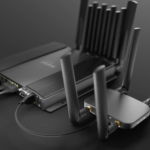
The MAX Adapter 5G can tether to a Peplink router with a USB port to provide an additional cellular connection. Cellular Adapter: These devices contain a cellular modem but do not have a router or Wi-Fi. They must be plugged directly into a computer or router to use the internet connection. They come in variations that connect via USB and Ethernet. Examples include the Peplink MAX Adapter (USB) or InvisaGig Cellular Adapter (Ethernet).
To learn more about selecting a mobile hotspot device and view the current top recommended models for each carrier:
Selecting Mobile Hotspot Devices
Cellular Embedded Routers
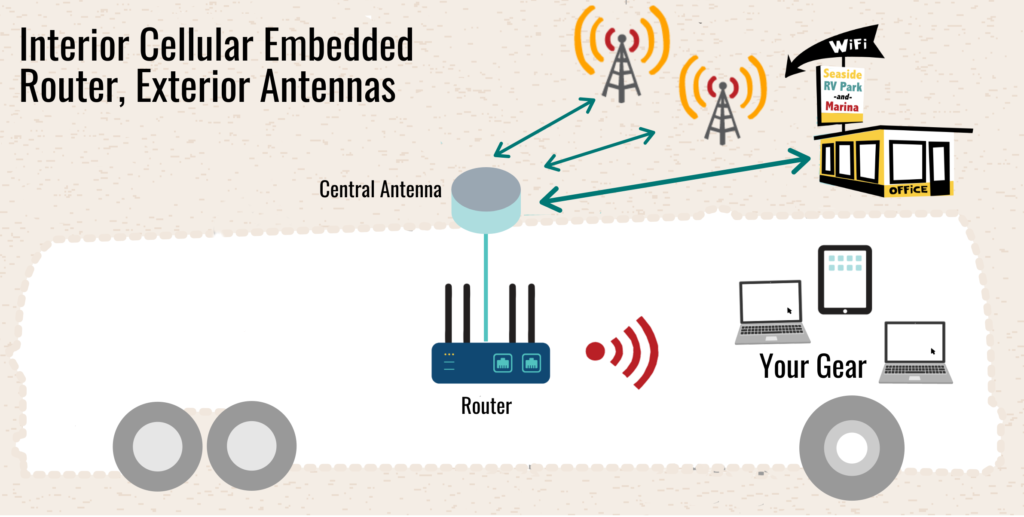

Mobile routers create a local area network that connects multiple internet sources, allowing your local gear to connect only to a single network (yours) provided by the router. Unlike their residential cousins, mobile routers can utilize internet sources typically found while RVing and boating—cellular, satellite, and other Wi-Fi networks.
Some mobile routers come equipped with built-in cellular modems, making them sort of 'hotspots on steroids'. And they are far more advanced than just hotspotting off a smartphone.
Routers come in many shapes and forms, from small boxes you keep inside and attach external antennas, to routers and modems that are actually installed outside.
Advantages
- Advanced Networking—Ability to create a more robust local area wired and/or wireless network - with the ability to support printers, streaming devices, remote monitoring, backup servers, and other network devices.
- Advanced Features—Cellular routers tend to offer more options for fine-tuning performance for increased reliability, such as cellular band locking to optimize a connection, load balancing, auto-failover, and bonding.
- Multiple WAN Connections—Mobile routers can combine multiple internet sources, such as cellular, Wi-Fi as WAN, and satellite, acting as a central gateway to simplify how your devices connect to the Internet.
- Extended Wi-Fi Range—Mobile routers have more powerful Wi-Fi radios that can provide a connection further than a smartphone or mobile hotspot device alone can.
- Carrier Agnostic—Cellular-embedded mobile routers tend to have modems that can utilize any carrier's network.
- Dual SIM/Modem—Some models have multiple SIM slots or eSIM capability to easily switch between carriers or plans. And some models even have two (or more) modems, so you can use multiple carriers simultaneously.
Disadvantages
- Slower to Update—Cellular-integrated routers tend to be updated less frequently, so they often lag a year (or more) behind mobile hotspot devices and smartphones in supporting the latest cellular frequency bands and technologies.
- Advanced—Utilizing a dedicated router may require some networking knowledge. Some manufacturers, especially those making enterprise-level gear, design their systems and interfaces for professional IT staff, not end consumers. The user interface may be non-intuitive for those who want to dive deeper into fine-tuning, and consumer-level support may not be offered.
- Expensive—The starting point of cellular-embedded mobile routers is around $350 and goes up to around $3,000 (and even higher for enterprise-level gear). There are many suitable options below $1000, however. A multi-modem router may actually work out cheaper than buying multiple hotspots and a tetherable router.
Recommended for:
- Those who need to connect many devices to the internet.
- Those who need a reliable redundant system that is centralized.
- Those with more advanced local area networking needs.
- Those who are a bit more tech savvy.
For a list & full overview of current Mobile & Integrated Router options, check our guide:
Cellular Data Resources & Sample Setups of Smartphones, Hotspots & Routers
Understanding cellular data gear and resources is big and complicated, with much to understand. For more on utilizing cellular in your mobile internet setup - including shopping for gear, data plans, and signal enhancing - head on over to:
Our members also have access to example set-ups to interactively explore options:
Conclusion: Smartphones, Hotspots & Routers All Have Considerations
Choosing the right approach to your mobile internet solution takes some time and consideration of how you might utilize smartphones, hotspots, routers, and tablets for cellular connectivity. And you don't necessarily need to choose one or the other—you might find that using a combination of solutions is right for your unique application.
Regardless of which method you decide on, for maximum coverage and speed, we recommend purchasing the newest cellular devices you can and plan on replacing your hardware as often as every year or two to stay current.
All carriers are expanding their networks, and newer equipment gives you access to the latest frequencies and bands. Staying on top of the technology is key.
Mobile hotspot devices are small, self-contained units that receive a cellular data signal and transform it into an internet connection. They are a cellular modem and router combined. Most can create their own personal Wi-Fi network.
They are typically designed with a specific cellular carrier in mind and require a suitable cellular data plan of their own to operate. You might see them called Jetpacks (Verizon's term for them) or MiFi (Inseego's name for them).
Here's a quick video going over the features of a hotspot, and what makes one better than another:
The guides below have been hand-picked to help further your education about selecting mobile hotspots and best utilizing them in your mobile internet setup.
Explore the Resource Center
Have Questions?
Join our 'Library Desk':
Internet for RVers & Cruisers Facebook Group
We cross post news articles and guides, and can help point you in the right direction to our content here on the resource center.
It is with gratitude to our premium members that we're able to offer our free content - and for that, they also have access to our member Q&A areas for more in-depth guidance.
Become a Member
 The MIA is our premium membership - designed for those who consider mobile internet an important part of their lifestyle.
The MIA is our premium membership - designed for those who consider mobile internet an important part of their lifestyle.
In thanks for making content like this possible, we offer a bunch of additional perks. From interactive guidance, in-depth member exclusive content, discounts, alerts, classroom and ability to book private advising sessions.
Stay In the Know
We're constantly tracking the industry and analyzing new developments for mobile travelers. If you'd like to receive updates, we offer several ways:
- Subscribe to our free monthly newsletter
- Subscribe to our News Stories RSS Feed
- Subscribe to our YouTube Channel
- Follow our Facebook Page
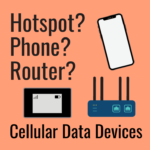
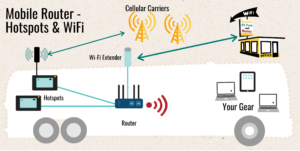

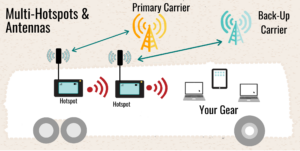

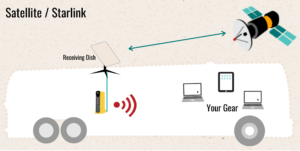
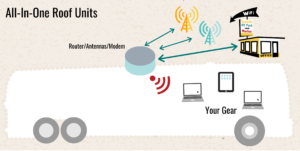

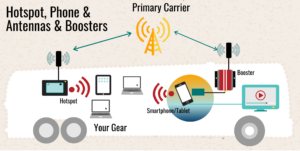
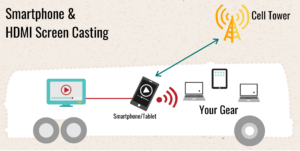
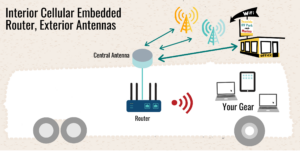
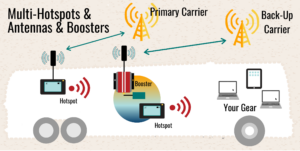
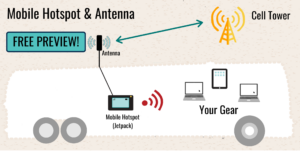
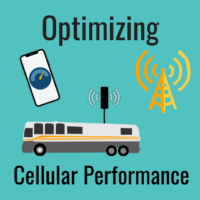
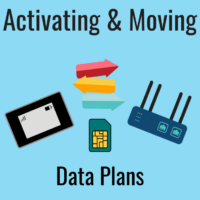
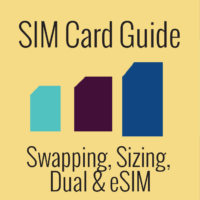
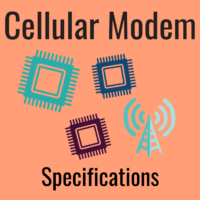
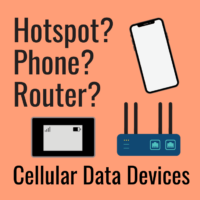

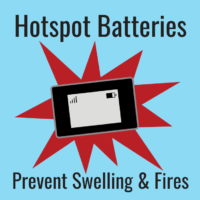
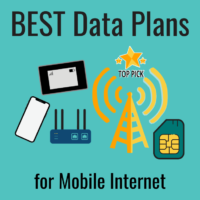
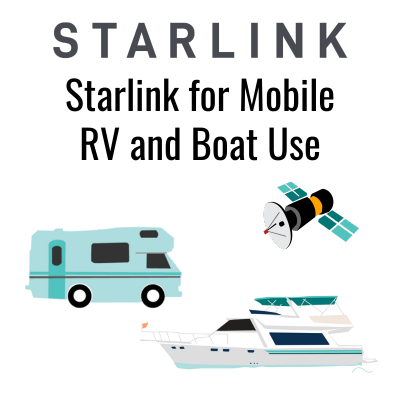
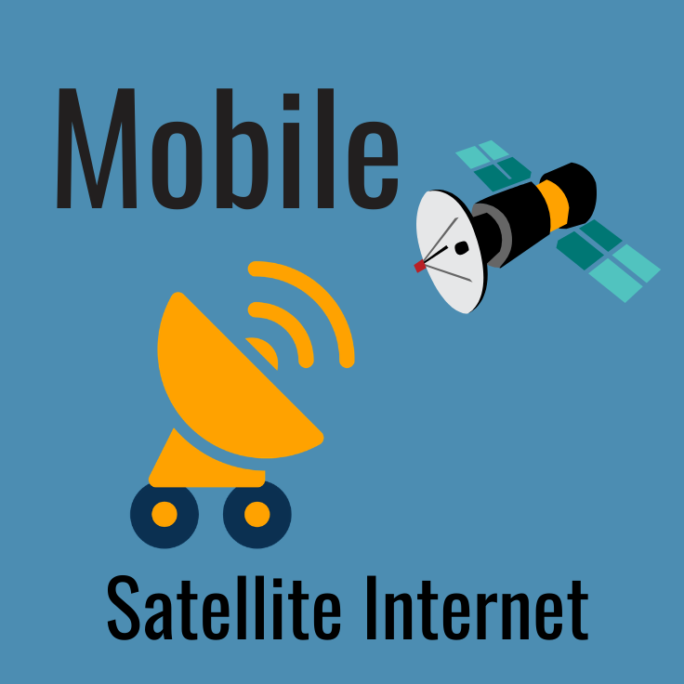
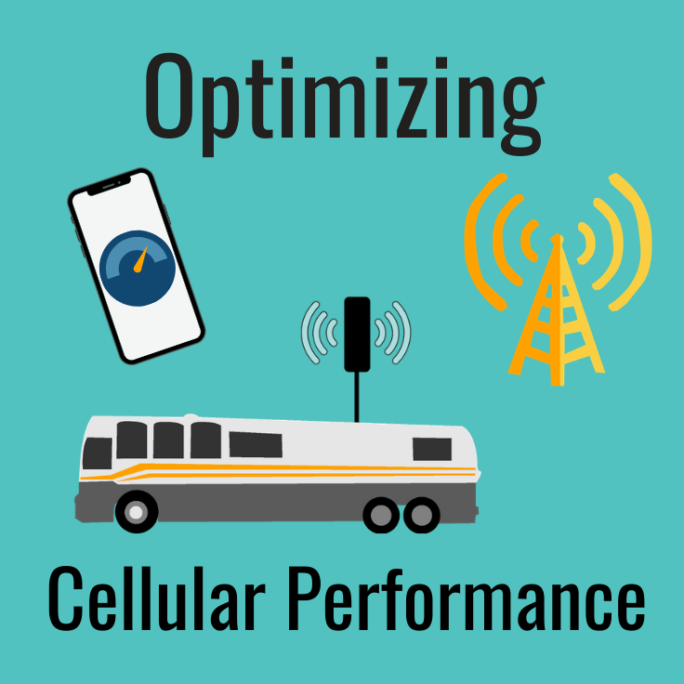
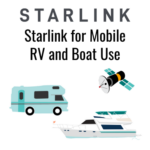
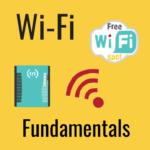
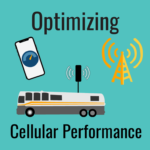
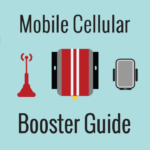
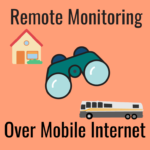

 Mobile Internet Resource Center (dba Two Steps Beyond LLC) is founded by Chris & Cherie of
Mobile Internet Resource Center (dba Two Steps Beyond LLC) is founded by Chris & Cherie of